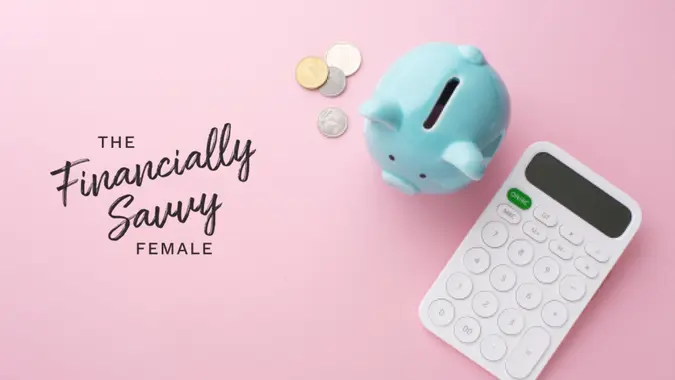Over 80% of Americans Do Not Have Any Emergency Savings — How To Save $5,000 in 2025

Commitment to Our Readers
GOBankingRates' editorial team is committed to bringing you unbiased reviews and information. We use data-driven methodologies to evaluate financial products and services - our reviews and ratings are not influenced by advertisers. You can read more about our editorial guidelines and our products and services review methodology.

20 Years
Helping You Live Richer

Reviewed
by Experts

Trusted by
Millions of Readers
You probably know already that you’re supposed to have an emergency fund. What if you have a sudden medical expense, your car breaks down or you lose your job? If you don’t have that money set aside, a setback like that can turn into a crisis. And if you go into debt, it could affect you for years to come.
Kashable has just released its State of Consumer Finance Report, a survey it conducted of its customers. The survey revealed that 81% of respondents had no emergency savings.
If this is you, you’ll want to rectify this and start building an emergency fund. The survey also showed that 29% said that not having an emergency fund caused them stress. And 69% of them said that stress negatively impacted their physical and/or mental health. So even if you don’t have a true emergency, not having a fund is still bad for you.
Here are some tips to help you finally build that emergency fund in 2025.
Understand Your Situation
Before you start planning, you need to have a clear picture of what you’re doing with your money. Start by listing all your sources of income and tracking your expenses for a month.
Taking a look at your spending can help you see areas where you might be overspending. It’s easy to underestimate how much you’re spending each month, which can mean you’re left without enough to cover everything. But if you understand where your money goes, it’s easier to make decisions about where to cut back.
Budget, Budget, Budget
The next step is to make a budget. You’re going to need a realistic budget that covers your necessary expenses, lets you do a little discretionary spending and also starts putting money in your emergency fund. The 50/30/20 rule is a good place to start: 50% of your income goes to needs, 30% to wants and 20% to savings and paying any debt.
There are plenty of budgeting tools and apps that can simplify all this and will let you track your spending in real-time. Even once you’ve made a budget, you still need to review and adjust it regularly to reflect any changes in your situation.
Cut Your Unnecessary Expenses
Take a hard look at your budget and identify areas where you can cut back. Cancel subscriptions, eat out less often or shop sales and discounts. The goal is to free up a little extra cash here and there to put in your emergency fund.
This doesn’t have to be painful. Focus on cutting expenses that won’t make your quality of life worse. Don’t sacrifice everything you enjoy, but do redirect money from less meaningful expenses into your savings.
Now Build That Emergency Fund
Building your emergency fund is now your top priority. You’re going to need at least three to six months’ worth of living expenses. You may not be able to save that much in 2025 alone, but you can put yourself on the right track.
Use your budget to decide how much you can save each month. Even small amounts add up over time, so it’s important to stay committed!
Open a Dedicated Savings Account
Keep your emergency fund in a separate savings account to keep yourself from dipping into it. You want to put it in a high-yield savings account so the money you’re setting aside grows faster.
But remember that your emergency fund is for just that — emergencies. Which means it needs to be easy to get to. Don’t put it into an investment that’s hard to liquidate or transfer funds from.
Make Your Fund a Part of Your Budget
Treat your emergency fund like any other essential expense by including it in your monthly budget. If you make it just as important as rent or utilities, you’re less likely to let it slide.
Use Windfalls
Tax refunds, bonuses or other unexpected cash are great opportunities to fill your emergency fund. Instead of spending it, put most of it — if not all — into savings.
If it’s hard to reserve the whole amount, consider splitting it. For example, put 75% of a bonus into your emergency fund, and use the remaining 25% to treat yourself.
 Written by
Written by  Edited by
Edited by 
























